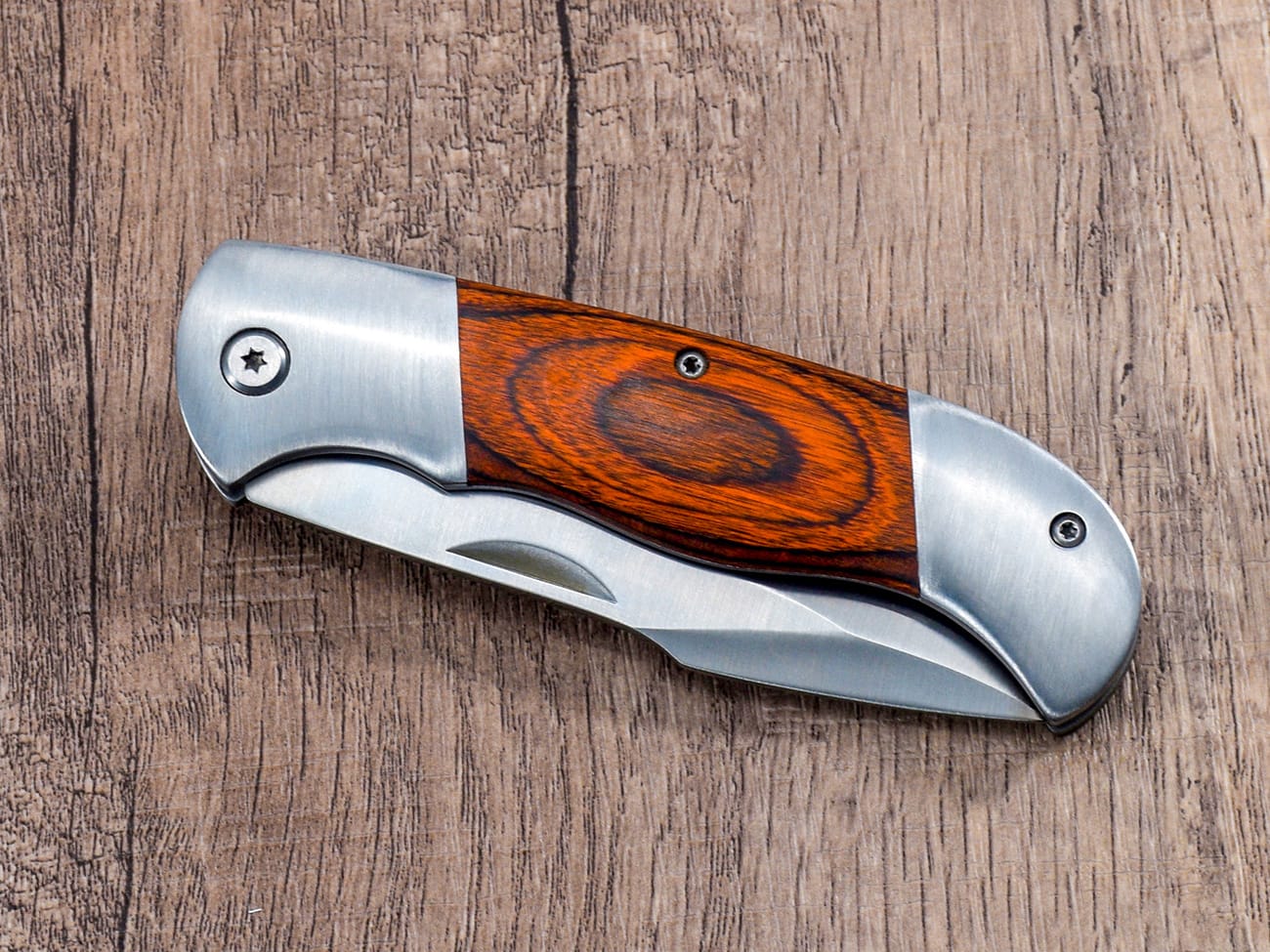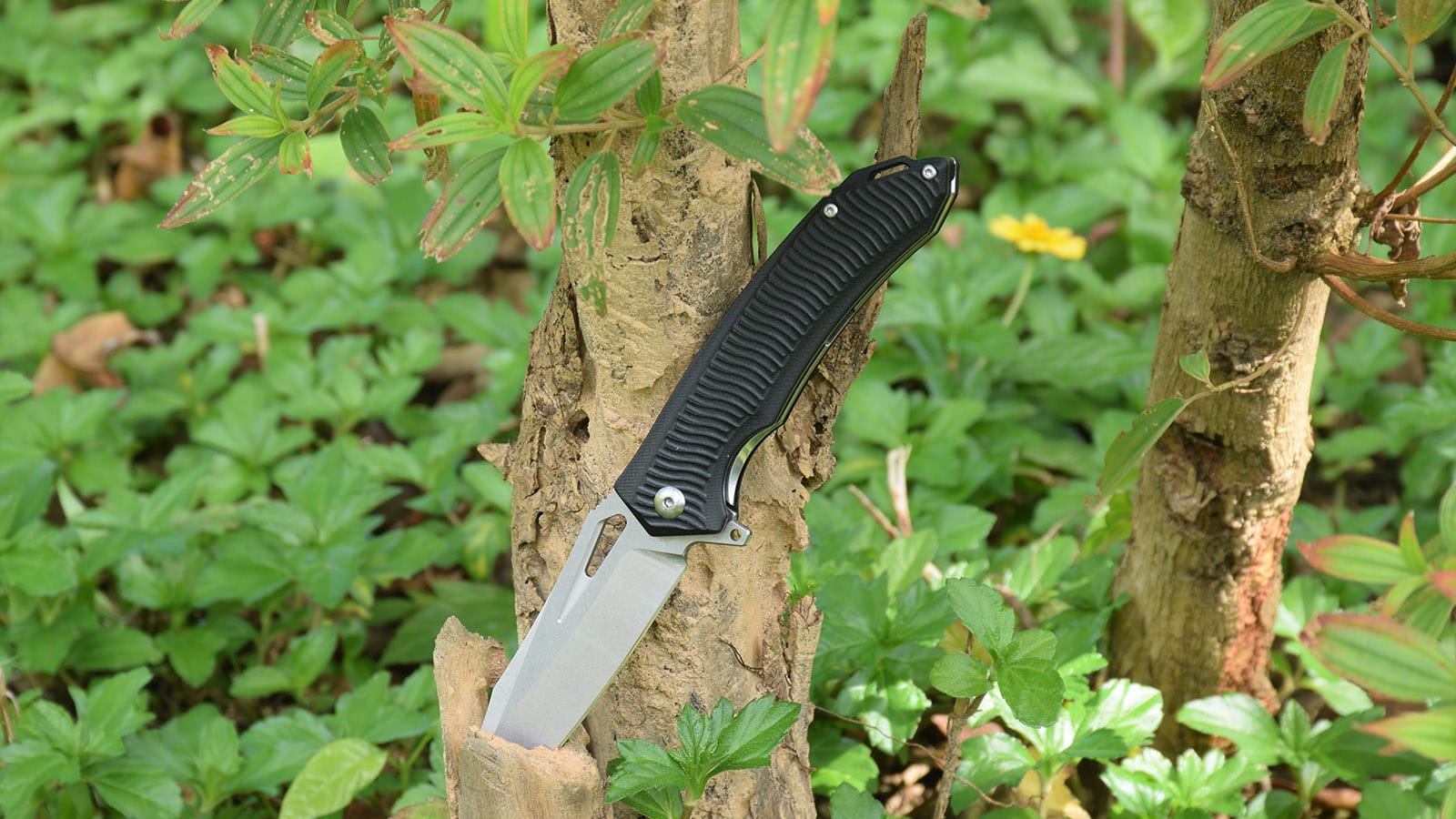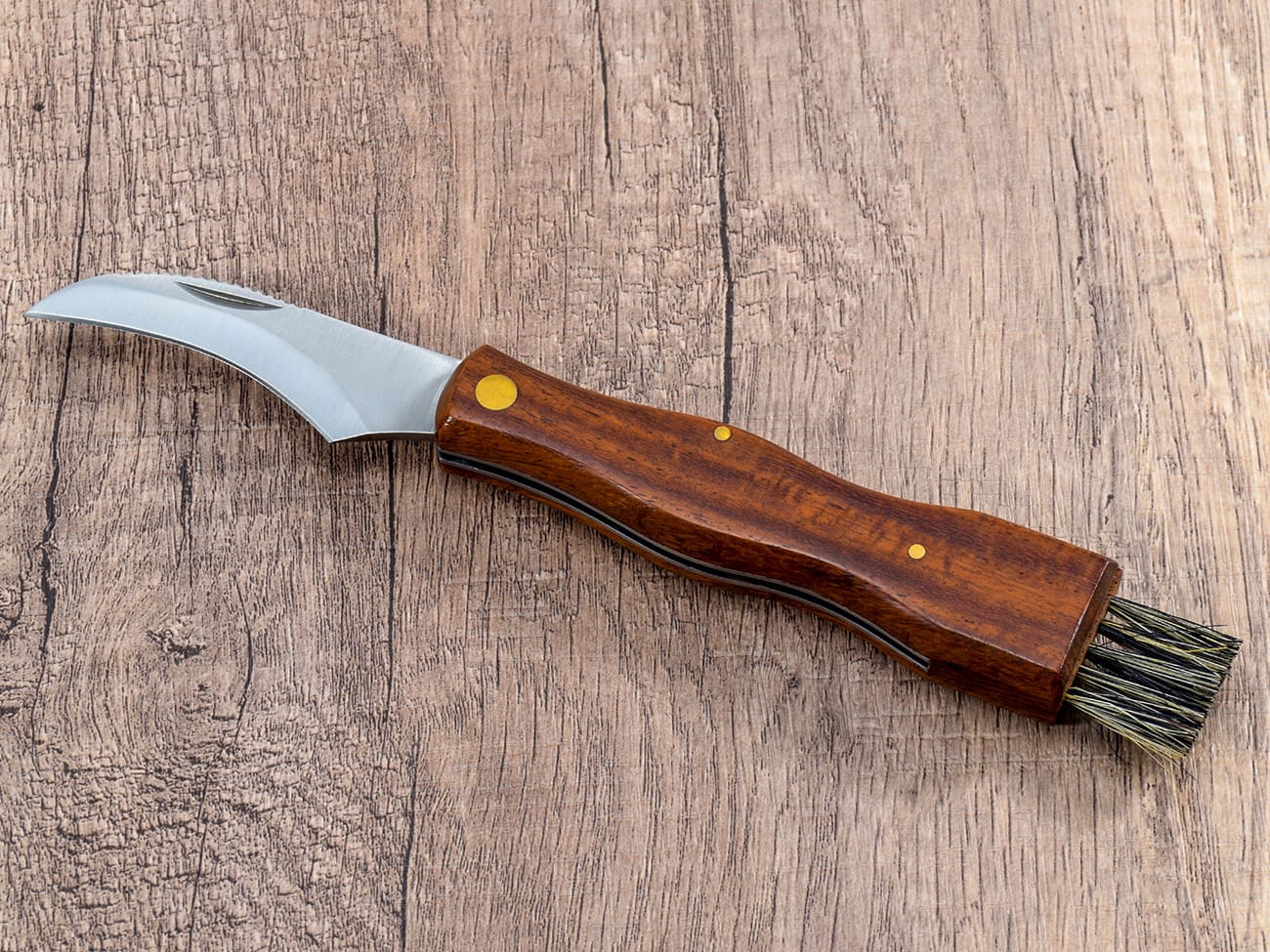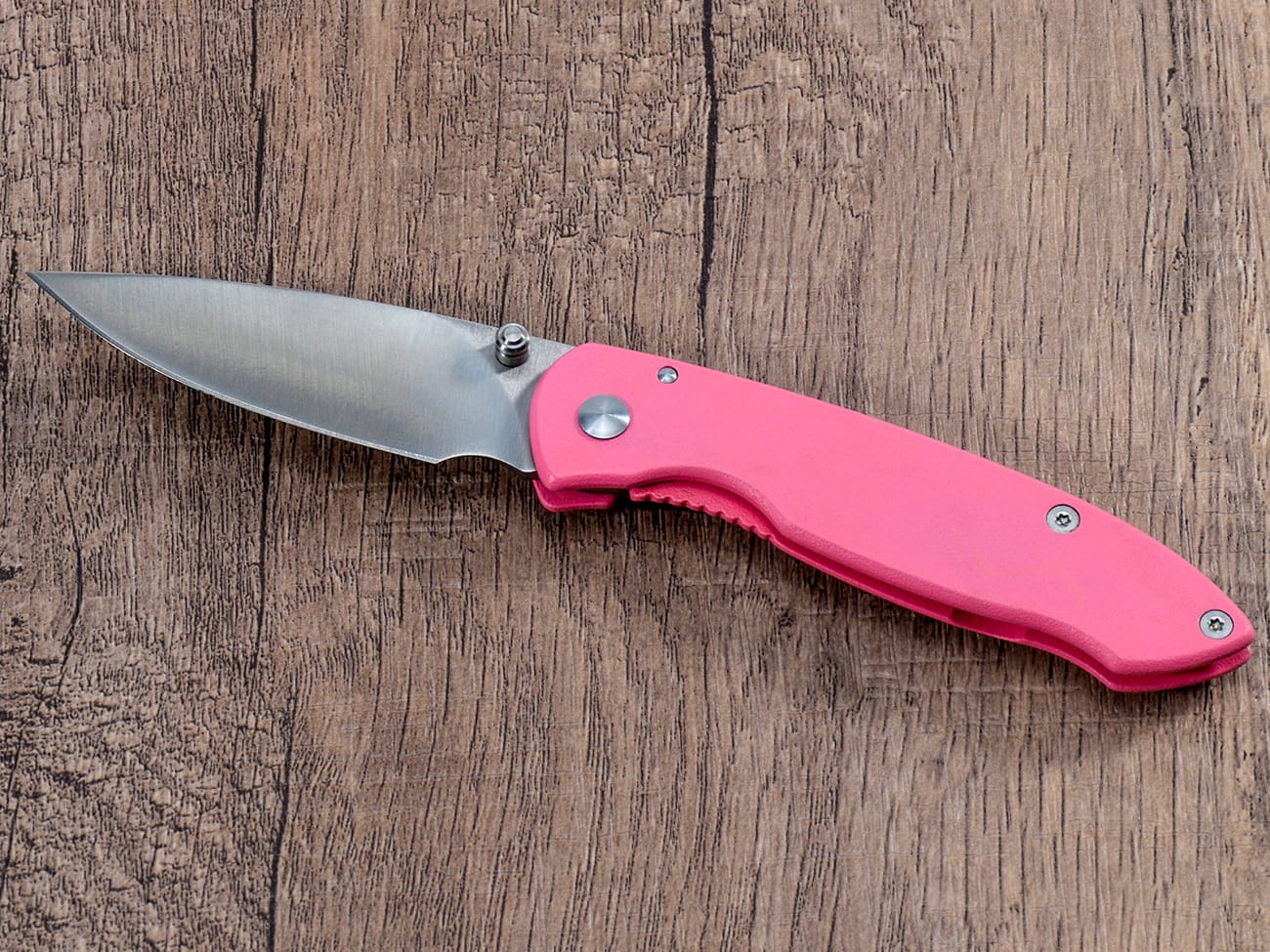Are you tired of struggling with dull knives in the kitchen? A sharp knife is not only safer but also makes food preparation a breeze. In this comprehensive guide, we’ll explore the ins and outs of using a knife sharpener to keep your blades in top condition. Whether you’re a professional chef or a home cook, mastering the art of knife sharpening is an essential skill that will elevate your culinary experience.
Why Sharpening Your Knives Matters
Before we dive into the techniques, let’s understand why knife sharpening is crucial:
- Safety: A sharp knife requires less force, reducing the risk of accidents.
- Efficiency: Sharp knives make food preparation faster and easier.
- Precision: Achieve cleaner cuts and better presentation with a sharp blade.
- Longevity: Regular maintenance extends the life of your knives.
Now that we’ve established the importance, let’s explore how to use various types of knife sharpeners effectively.
Types of Knife Sharpeners: Choosing the Right Tool
There are several types of knife sharpeners available, each with its own advantages:
- Whetstones: Traditional and versatile
- Pull-through sharpeners: Quick and easy to use
- Electric sharpeners: Efficient and consistent
- Honing rods: For daily maintenance
Let’s take a closer look at each type and how to use them properly.
How to Use a Whetstone: The Traditional Approach
Whetstones are favored by many professionals for their precision and control. Here’s how to use one:
- Soak the stone: Immerse your whetstone in water for 10-15 minutes before use.
- Set up your workspace: Place the stone on a damp cloth to prevent slipping.
- Find the right angle: Hold the knife at a 15-20 degree angle to the stone.
- Start sharpening: Begin at the heel of the blade and draw it across the stone, maintaining the angle.
- Repeat: Make 10-15 passes on each side of the blade.
- Switch to a finer grit: Move to a finer grit stone to refine the edge.
- Test the sharpness: Carefully test the blade on a piece of paper.
Remember, practice makes perfect when using a whetstone to sharpen your knife. It may take time to master, but the results are worth it.
Mastering the Pull-Through Sharpener: Quick and Easy
Pull-through sharpeners are popular for their ease of use. Here’s how to make the most of them:
- Choose the right slot: Most pull-through sharpeners have coarse and fine slots.
- Hold the sharpener steady: Place it on a flat surface or hold it firmly.
- Pull the knife through: Start at the heel and pull the entire length of the blade through the slot.
- Use light pressure: Let the sharpener do the work; don’t press too hard.
- Repeat: Make 5-10 passes through each slot.
- Alternate sides: Sharpen both sides of the blade evenly.
While not as precise as whetstones, pull-through sharpeners are great for quick touch-ups and maintaining your knives between more thorough sharpenings.
Electric Sharpeners: Efficiency and Consistency
Electric sharpeners offer a convenient way to maintain your knives. Here’s how to use one effectively:
- Read the manual: Familiarize yourself with your specific model’s instructions.
- Turn on the sharpener: Ensure it’s plugged in and running smoothly.
- Choose the right slot: Most electric sharpeners have multiple stages for coarse to fine sharpening.
- Insert the knife: Start at the heel and draw the blade through the slot.
- Use steady, even pressure: Don’t push too hard; let the machine guide you.
- Repeat: Make 3-5 passes through each stage.
- Clean the blade: Wipe off any metal shavings after sharpening.
Electric sharpeners are great for maintaining a consistent angle and achieving a sharp edge quickly. However, be careful not to over-sharpen, as this can wear down your blade faster.
Honing Rods: Daily Maintenance for Peak Performance
A honing rod, also called a sharpening steel, is essential for daily knife maintenance. Here’s how to use one:
- Hold the rod vertically: The tip should rest on a cutting board.
- Find the right angle: Hold the knife at a 20-degree angle to the rod.
- Start at the heel: Place the heel of the blade against the top of the rod.
- Draw the knife down: Pull the blade down and towards you, maintaining the angle.
- Alternate sides: Repeat on the other side of the blade.
- Repeat: Make 5-10 passes on each side.
Honing realigns the edge of your blade, maintaining sharpness between more thorough sharpenings. It’s a quick and easy way to keep your knives in top condition.
Common Mistakes to Avoid When Sharpening Knives
Even experienced cooks can make mistakes when sharpening. Here are some pitfalls to avoid:
- Using the wrong angle: Consistency is key; maintain the correct angle throughout.
- Applying too much pressure: Let the sharpener do the work; excessive force can damage the blade.
- Neglecting regular maintenance: Don’t wait until your knife is completely dull to sharpen it.
- Over-sharpening: Too frequent sharpening can wear down your blade unnecessarily.
- Ignoring safety: Always sharpen away from your body and be mindful of the sharp edge.
By avoiding these mistakes, you’ll extend the life of your knives and achieve better results.

A well-maintained knife is a joy to use in the kitchen
Choosing the Right Knife Sharpener for Your Needs
With so many options available, how do you choose the right sharpener? Consider these factors:
- Skill level: Whetstones require more skill, while electric sharpeners are more user-friendly.
- Frequency of use: For daily maintenance, a honing rod is essential.
- Types of knives: Some sharpeners work better with certain blade types.
- Budget: Prices range from affordable manual sharpeners to high-end electric models.
- Space: Consider the storage space you have available.
For most home cooks, a combination of a pull-through sharpener and a honing rod is a great starting point. As you become more comfortable with knife maintenance, you may want to invest in a whetstone for more precise control.
Maintaining Your Knife Sharpener
To ensure your sharpener continues to perform well, follow these maintenance tips:
- Clean after use: Wipe down your sharpener to remove metal shavings.
- Store properly: Keep your sharpener in a dry place to prevent rust.
- Replace when necessary: Over time, sharpening surfaces can wear down.
- Follow manufacturer instructions: Each sharpener may have specific care requirements.
By taking care of your sharpener, you’ll ensure it continues to keep your knives in top condition.
The Impact of Blade Materials on Sharpening
Different blade materials require different sharpening approaches:
- Stainless steel: Most common and easy to sharpen with various methods.
- Carbon steel: Holds an edge well but requires more frequent sharpening.
- Ceramic: Requires special diamond sharpeners.
- Damascus steel: Beautiful but can be challenging to sharpen properly.
Understanding your knife’s blade material will help you choose the most effective sharpening method.
Sharpening Specialty Knives
Some knives require special attention when sharpening:
- Serrated knives: Use a specialized sharpener or rod to maintain the serrations.
- Japanese knives: Often require a more precise angle and gentler touch.
- Pocket knives: Compact sharpeners are available for on-the-go maintenance.
- Hunting knives: Durability is key; choose a sharpener that can handle outdoor use.
Always research the specific requirements for your specialty knives to maintain them properly.
The Role of Cutting Boards in Knife Maintenance
Your choice of cutting board can impact how often you need to sharpen your knives:
- Wood: Gentle on knife edges but requires more maintenance.
- Plastic: Easy to clean but can dull knives faster than wood.
- Glass: Attractive but very hard on knife edges; avoid for chopping.
- Bamboo: Eco-friendly and relatively gentle on knives.
Using the right cutting board can help maintain your knife’s edge between sharpenings.
Conclusion: Sharpen Your Skills for Better Cooking
Mastering the art of knife sharpening is an invaluable skill for any cook. By understanding the different types of sharpeners, techniques, and maintenance practices, you can keep your knives in peak condition. Remember these key points:
- Choose the right sharpener for your needs and skill level
- Maintain a consistent angle when sharpening
- Use light pressure and let the sharpener do the work
- Practice regular maintenance with a honing rod
- Be mindful of your knife’s blade material and specific requirements
- Use appropriate cutting boards to preserve your knife’s edge
With sharp knives at your disposal, you’ll find cooking more enjoyable, efficient, and safe. So grab your favorite knife and start sharpening – your culinary creations will thank you!




